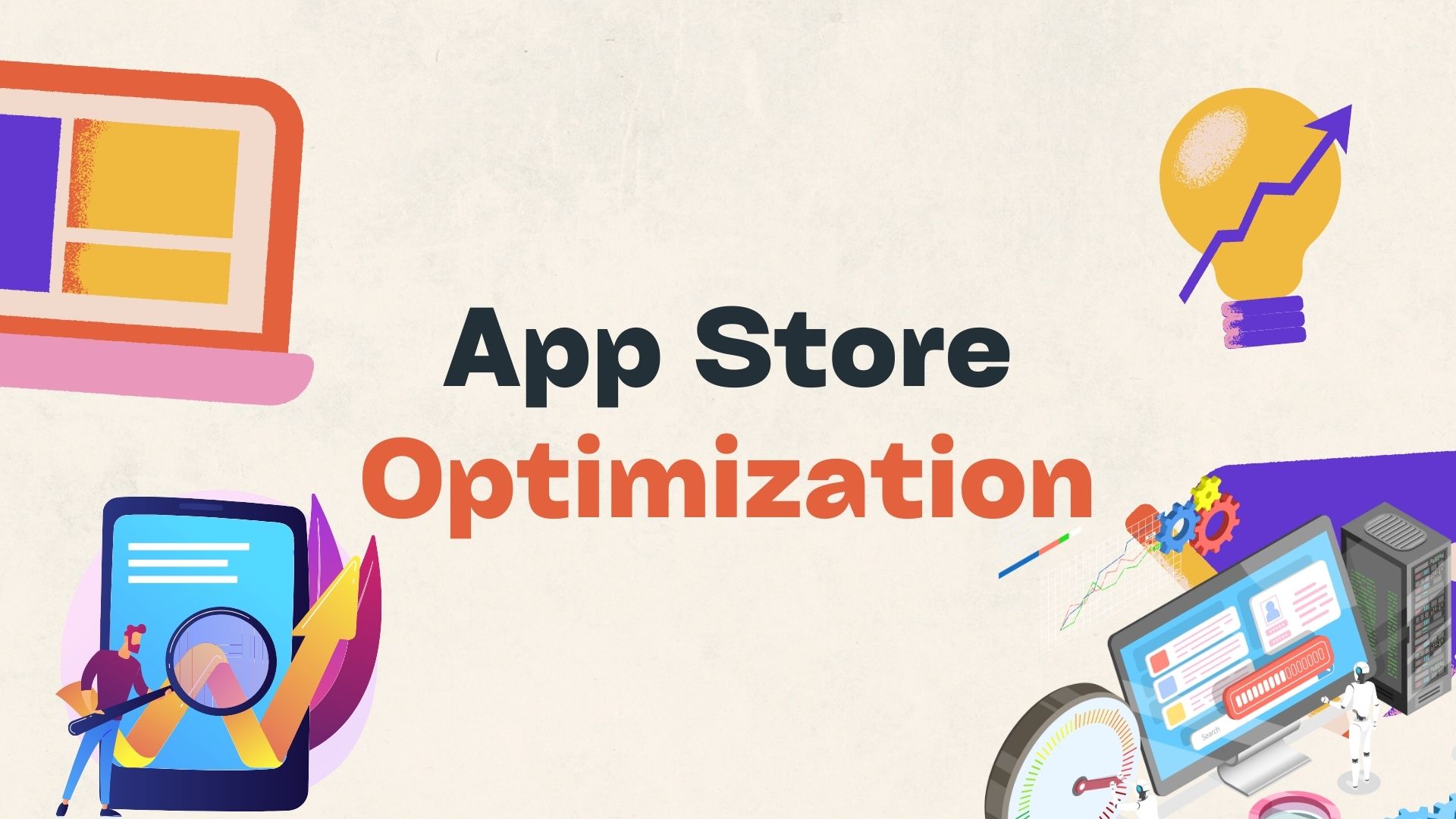3 Big Data Lessons from 2012 Presidential Campaign
A recent post in MIT Technology Review about the use of Big Data in the 2012 election offers fascinating insights into what works – and what doesn’t. Both political parties had operations specifically designed to glean new insights about voters and apply them to helping their candidate win, and the article’s author interviewed the director of each effort shortly after the election.
As a result, the report provides details of long-term Big Data projects with results just tested against the reality of the voter “market” and with project reviews relatively untainted by post-project “spin.”
I should note that I view the article’s author’s grandiose claims about the meaning of the Obama campaign’s relative success in Big Data analytics to be overblown. Luckily, many of those claims take up only the first 20 percent or so of the article. The rest provides a fascinating insight into two approaches to Big Data, one of which demonstrably worked better than the other.
Big Data as ‘Hot Topic' vs. Strategic Deployment
The first contrast between the campaigns was that the Democrats chose to bring analytical systems in-house, whereas the Romney campaign chose to use existing software and hardware run by a third party. In fact, the Obama campaign specifically committed major bucks to a Vertica solution way back in 2009. This begs the question, however – why did the two campaigns take such different approaches? After all, the Romney campaign astarted quite early, around the same time, and had no real money constraints.
The answer, I think, is that Democrats viewed in-depth analytics and trolling the Internet for more voter insights as a key to their campaign strategy, while for Republicans, the concept of Big Data was a fuzzier “hot topic” whose value wasn’t fully understood.
We have all seen CEOs who have said, “Everyone’s talking about this new technology. We must therefore do it.” The flavor of Romney-campaign thinking, as reported in the MIT article, was, “Big Data is clearly effective at the corporations we look at; we must therefore get something that purports to do Big Data and use it somehow to understand voters better.”
The result of this approach is a cautionary tale. The Romney system involved a third party merging two sets of legacy-application data repeatedly, a complex effort in the best of times. As a result, breakdowns occurred during the stress of the late campaign, and analysis was unnecessarily delayed, which then delayed critical candidate responses.
In contrast, the Obama campaign suffered from no such problems. It is not clear how much the Obama campaign’s faster response time helped — although it apparently helped change Obama’s style after the first debate. However, it is clear that the Romney campaign’s fuzzy and delayed analytics helped lead to Problem #2.
Hearing ‘Customer of One' vs. Hearing What You Want To Hear
One of the great shocks of the campaign was that, in an unprecedented way, the Romney campaign and the GOP as a whole deluded themselves about how the campaign was proceeding — effectively hearing when they wanted to hear rather than what the electorate was actually saying. This could have been countered by the campaign’s data analysis, which mined a long tradition of understanding voter blocs, and could be supposedly cross-checked against a broad array of pollsters. However, most of these pollsters were themselves deluded by their political biases — hearing what they wanted to hear.
As it turned out, even the closest polls underestimated Obama’s margin by about 0.5 percent, and most were off by 2.5 percent or more, but on election day the Romney campaign actually thought it had a better-than-even chance of winning. However, in order to win Romney would have had to amass an additional 5.3 percent more of the vote in at least two battleground states than he actually did. To put it another way, to win the Romney/Ryan ticket probably would have had to change the nationwide vote percentages by more than 5 percent nationwide. They weren’t even in the same ballpark.
By the way, the projections of Nate Silver, who runs the influential fivethirtyeight blog, were off by about 1.5 percent.
How do these results reflect on the parties’ use of Big Data? There appeared to be two key insights that made this election different.
First, perhaps one-third of people voting could only be reached via cell phone – a change in communications pollsters have ignored or resisted – and they voted in a significantly different way. Second, only perhaps 5 percent of the electorate reached the Labor Day start of the campaign with a changeable vote – again, a major difference from 20-40 years ago, when sizable numbers of votes were up for grabs even late in the race. Public gaffes, debate mistakes, Hurricane Sandy – it didn’t make that much difference.
Given this, the Romney campaign’s one faint hope was voter turnout – unprecedented turnout for him in battleground states. Yet it appears there was not the slightest appreciation of this issue in the campaign.
Instead, the Romney campaign or related groups spent enormous sums on TV ads in the obvious markets, to the point where one station in Ohio was actually running more ads than programming. The crime wasn’t that this was wasted money; it was that relatively little money was spent on “getting out the vote” efforts that might have made a difference.
In fact, most of the Republican Big Data folks’ attention was focused on a series of seemingly baffling Obama ads running in small markets targeting small demographics. As a result, the GOP’s Big Data folks were suffering from the “fog of war,” trying to counter an enemy they did not understand.
Again, by contrast, the Obama campaign focused on a new insight garnered from its use of Big Data to identify the “customer of one.” More specifically, they realized that although most votes were unchangeable, smaller pockets of “conservative” voters could change their mind if policies they valued and prioritized were brought to their attention. These could be reached by, say, ads highlighting social programs aimed at women in typically conservative rural Ohio markets. (These were among the ads that so confused the Romney campaign.)
An under-appreciated part of this effort was that the ads contained “real” content that addressed specific voter concerns, while the GOP was saturating “conservative” voters with generic Romney ads. To succeed, the Obama ads needed to point to real, verifiable programs — and did.
And now we come to Problem #3.
Big Data Tunnel Vision vs. a Loosely-coupled Strategy
The end of every political campaign involves a “get out the vote” effort — maximize the number of supporters who actually vote. And this is where the most startling difference between the Democrat and Republican campaigns’ approach to Big Data emerges.
It is apparent from various reports that on election day, the Romney campaign was prepared to focus its “turn out the vote” efforts on key demographics in battleground states, fine-tuned by what the Big Data analytics was showing. Then, right when voter turnout efforts were supposed to start, the feed from the system went down — and it stayed down, for most of the day.
But what almost defies belief is what the campaign did about that. Local offices were begging to go ahead with “get out the vote” efforts anyway, but were apparently told to wait until the system came up again. Yes, theoretically, unfocused efforts could have done more harm than good. Practically, however, it was likely that “feet on the street” would have instead achieved slightly higher Romney turnout. And not only national but local campaign coordinators failed to realize that.
The problem, it appears, was that no one had the autonomy to make necessary decisions, and all were focused on the Big Data part of the “get out the vote” strategy. By contrast, the Obama campaign – partly due to an existing Internet-enabled strategy – granted local offices the ability to move agilely and proactively. Plus, the Big Data “customer of one” focus was only part of a broader effort in battleground states to energize key Obama demographics that were already well understood pre-Big Data.
Again, it is worth noting that this made little difference “on the day.” It is possible that it made a difference to several House seats; but not enough to overcome the effects of the 2010 election and its resulting Republican-dominated redistricting. The election apparently resulted in the the biggest difference between the vote for each party (Democrats plus-1 percent) and the House seat allocation (Republicans plus-4 percent) ever recorded.
3 Implications for Enterprise Big Data Use
As we can see, the Romney organization used Big Data solutions supposedly designed to improve the aim of their efforts to, instead, shoot themselves in the foot. Yet, their strategies were superficially reasonable and well aligned with the practices in many businesses.
The immediate recommendations for IT and the enterprise are relatively straightforward:
Treat Big Data as a strategy, not as a “hot topic”: Understand that for it to be successful, it must provide greater depth and a more accurate view of customers and of one’s own organization. Plus, those insights need to be translated to fine-tuning strategies sooner rather than later.
Focus on Big Data’s ability to better understand customers, and ensure the organization accepts a more realistic view: Bluntly, the Romney campaign started believing its own propaganda. Where have we seen that before? One reason for that delusion was that Big Data was not telling them anything different.
Adopt an agile marketing strategy that does not hang on command-and-control top-down implementation: Agile marketing has a great respect for in-depth data. However, it also has a great respect for the way that data reflects (or fails to reflect) actual customers, especially customers who are constantly changing.
That brings us to our final point. As I’ve noted, the success or failure of Big Data efforts turned out to matter surprisingly little to the outcome of this particular election. However, Republican post-mortem efforts show that their failure to understand its implications has drastically delayed – and we are talking more than a decade here – their adaptation to changing American demographics. Instead, they have created a culture that makes it extremely difficult to move to anything more than permanent minority status nationally, because the party carefully widened the divide between its traditional “older white male” base and dynamically expanding groups of voters such as Hispanics.
The point I am trying to make is that if Big Data simply cements an organization’s existing un-agile strategies, it is doing just as much harm as good – even though, for now, things may be going better than ever. The real value of Big Data, done well, is that it not only enables you to understand your customer better, but it also enables your organization to fit itself better to the customer – bottom-up as much as top-down – by understanding how the customer is changing.
So what is it going to be? Are you going to use Big Data to shoot yourselves in the foot, or to deliver better strategies, better implemented? Inquiring Republicans want to know.
Wayne Kernochan is the president of Infostructure Associates, an affiliate of Valley View Ventures that aims to identify ways for businesses to leverage information for innovation and competitive advantage. Wayne has been an IT industry analyst for 22 years. During that time, he has focused on analytics, databases, development tools and middleware, and ways to measure their effectiveness, such as TCO, ROI, and agility measures. He has worked for respected firms such as Yankee Group, Aberdeen Group and Illuminata, and has helped craft marketing strategies based on competitive intelligence for vendors ranging from Progress Software to IBM.

Wayne Kernochan has been an IT industry analyst and auther for over 15 years. He has been focusing on the most important information-related technologies as well as ways to measure their effectiveness over that period. He also has extensive research on the SMB, Big Data, BI, databases, development tools and data virtualization solutions. Wayne is a regular speaker at webinars and is a writer for many publications.



